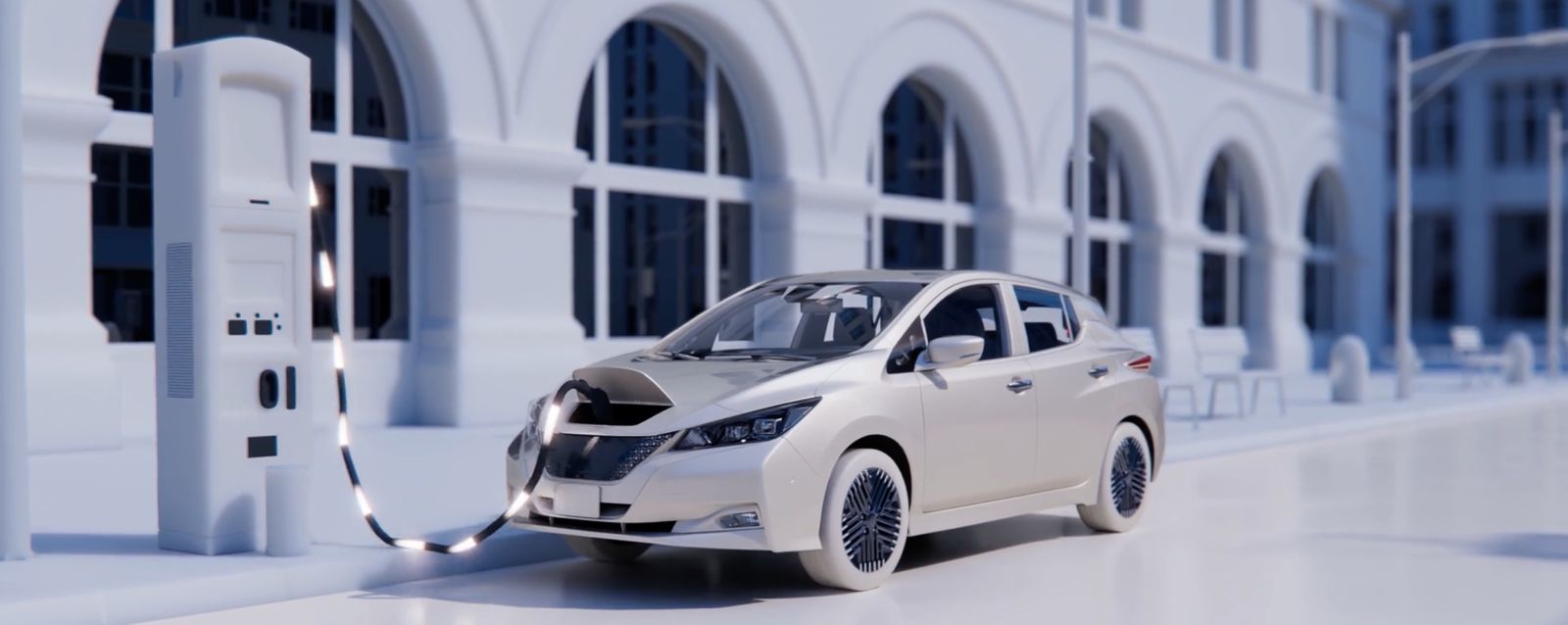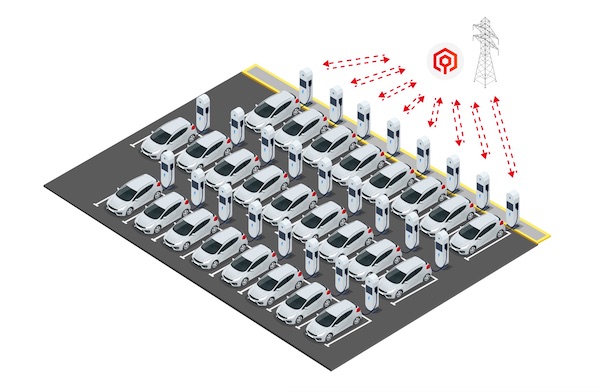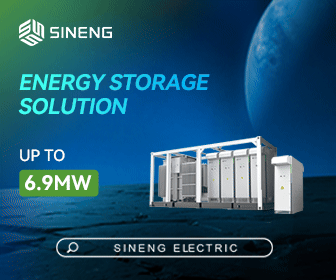See EVs Differently: The potential of bidirectional charging and V2X technology
Since the Ford Model T started rolling off assembly lines in 1908, the internal combustion engine has been the cornerstone of mass-affordable automobiles. Our lives were changed forever.
Today, we are in the midst of a new revolution. The transportation sector currently contributes approximately 30 percent of national greenhouse gas emissions. To combat this, several states are adopting regulations to phase out gasoline vehicles in favor of EVs by 2035. Although the adoption of EVs has been a gradual process since the introduction of General Motors' EV1 in 1996, the car-buying public is finally embracing EVs. Recent industry data shows that EVs nationally represent 9.1 percent of new light-duty vehicle sales in Q2 2023, up from 8.6 percent in Q1 2023 and 6.6 percent in Q2 2022. In the past five years, EVs have increased from two percent of new-car sales in California to 22 percent.
Big batteries on wheels
With bidirectional charging and Vehicle-to-Everything (V2X) technology, EVs, with their large onboard batteries, have the potential to offer valuable grid services and enhance resiliency during power outages. This technology enables EVs to charge from the grid and feed stored energy back into buildings or the grid.
The onboard energy storage capacity varies by make and model, ranging from less than 40 kWh to over 100 kWh. This is equivalent to the storage capacity of 4 to 7 typical home battery storage systems. According to the Smart Electric Power Alliance, the 2.1 million EVs currently in circulation in the U.S. have approximately 126 gigawatt-hours of battery storage, or five times more than the current grid-connected battery storage.
As the national EV fleet expands, EVs will become the most significant category of distributed energy resources (DER) connected to the grid. With the rapid growth of solar and wind power, the electric grid will require substantial energy storage to balance the fluctuations in solar and wind generation. EVs equipped with bidirectional chargers and V2X technology will play a pivotal role in meeting this emerging need.

Types of V2X charging solutions
Bidirectional charging allows EV charging and discharging energy from the vehicle's batteries to provide services to homes, buildings, and the grid. Different configurations of V2X bidirectional charging exist, each requiring a bidirectional EV and charger, and a software solution to manage power flow. V2X bidirectional charging encompasses both Vehicle-to-Grid (V2G) and Vehicle-to-Building (V2B) operations.
V2B systems can operate when the grid is running to provide customer-side value by storing low-cost energy, reducing the need to purchase high-cost energy during peak price hours. For homes with rooftop solar, V2X can store daytime production, thereby increasing the self-consumption of solar. V2B can also function during power outages, serving as emergency backup power to enhance resiliency.
V2G operation involves exporting power to the grid through a utility meter to provide valuable grid services to the distribution utility or grid operator. This is similar to how rooftop solar panels export power during daylight hours. V2G is distinct from solar in that it offers precise control over the timing and amount of power export.
During peak times, the capacity of V2G bidirectional charging from multiple EVs at various locations can be aggregated into a Virtual Power Plant (VPP) to provide demand response and other grid services. Utilities in several states now offer compensation for V2X power exports, either through a demand response program or dynamic rates with export compensation.
The state of V2X technology
V2X bidirectional charging technology is rapidly evolving for light-, medium-, and heavy-duty electric vehicles. Today’s commercially available V2X systems are based on a Direct Current (DC) configuration, often called V2G DC. This involves exporting DC energy from the EV's batteries through a bidirectional DC charger equipped with an inverter that converts the DC power to alternating current (AC), on which the power grid relies.
Although standards for V2G DC are evolving, current deployments rely on standards-based custom integrations. For instance, some EVs now employ a custom Combined Charging System (CCS) solution for V2B for emergency power. Various V2G electric school bus pilots use DC chargers for V2X with a CCS connector for power and communications, requiring proprietary add-ons not third-party certified.

V2G with alternating current (V2G AC) uses an inverter on the vehicle to convert the DC power from the battery to AC power. The AC power is transmitted to buildings or the grid through a bidirectional AC charging station. This configuration has not been commercial, but has been demonstrated in several pilot projects. Industry observers suggest that V2G AC may offer some cost advantages over V2G DC, but also presents specific challenges — particularly regarding interconnection with the utility distribution system.
Future V2X prospects
Major automobile manufacturers have unveiled plans to introduce bidirectional capabilities in their EVs. Presently, the market offers a limited selection of commercially available bidirectional chargers. Nevertheless, there's a growing trend among charger manufacturers to incorporate bidirectional chargers into their product lines. While two prominent V2X solution providers lead the way, a host of new entrants are actively developing tools to manage bidirectional charging, unlocking the full potential of EVs as valuable assets within the grid.
With the substantial energy storage capacity of EVs that remain parked for more than 90 percent of the time, V2X presents an enticing opportunity for both grid operators and EV owners. Numerous V2X projects have showcased the tangible benefits of this technology, empowering EV owners to generate income by sharing power from their parked vehicles with buildings or the grid. This dual advantage not only lowers the overall cost of EV ownership, but also serves as a catalyst for the continued adoption of electric vehicles.
A V2X services provider involved in multiple projects across various locations is using V2B technology to reduce peak demand for commercial building owners, resulting in thousands of dollars in annual energy cost savings. In southern California, an electric school bus project showcased the use of V2X technology by participating in a utility demand response program, generating thousands of dollars for the local school district.
A significant obstacle to realizing the full potential of bidirectional charging is the standardization of the technology to enable efficient, low-cost, mass adoption. In the U.S., EV communications primarily focus on standardizing the charging infrastructure, with FINA-insufficient attention given to adopting V2X solutions. Multiple stakeholder groups are working to address this and other barriers to V2X.
Just as the introduction of personal automobiles over a century ago brought about profound cultural and economic transformations, the electrification of transportation and the widespread adoption of V2X technology will revolutionize our energy systems and reshape our perception of automobiles.
Steve Letendre, Ph.D. is Senior Director of Regulatory Affairs at Fermata Energy, which enables utilities to enhance grid resilience and deploy renewable energy resources quickly by integrating EVs as a grid resource.
Fermata Energy | fermataenergy.com
Author: Steve Letendre, Ph.D.
Volume: 2024 January/February









